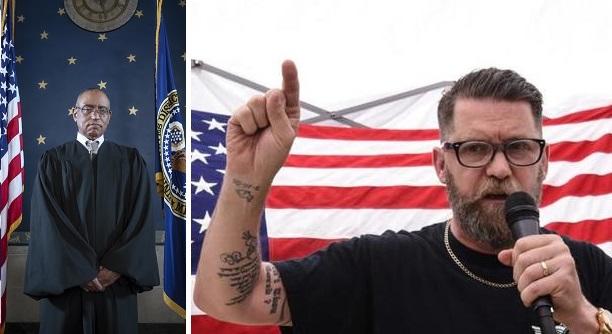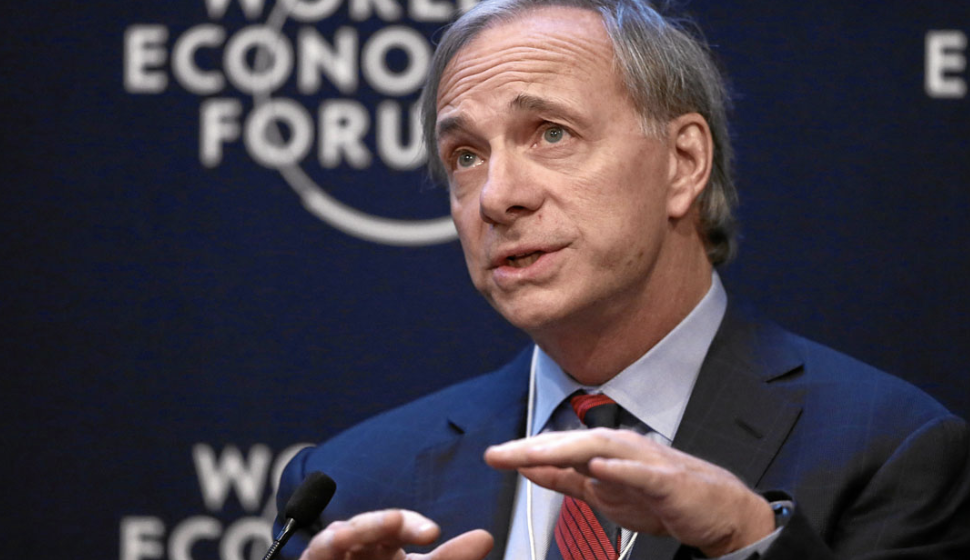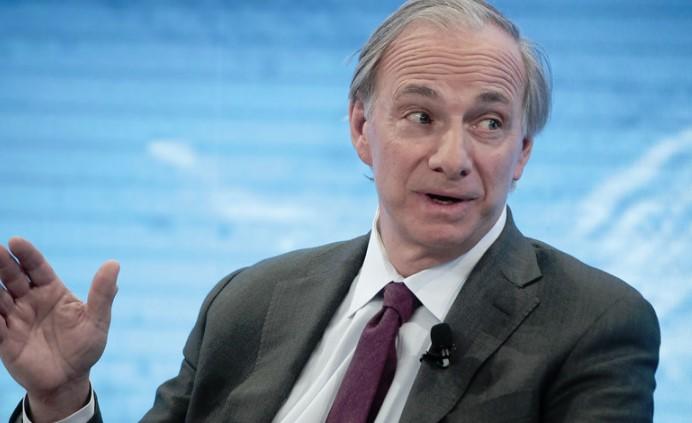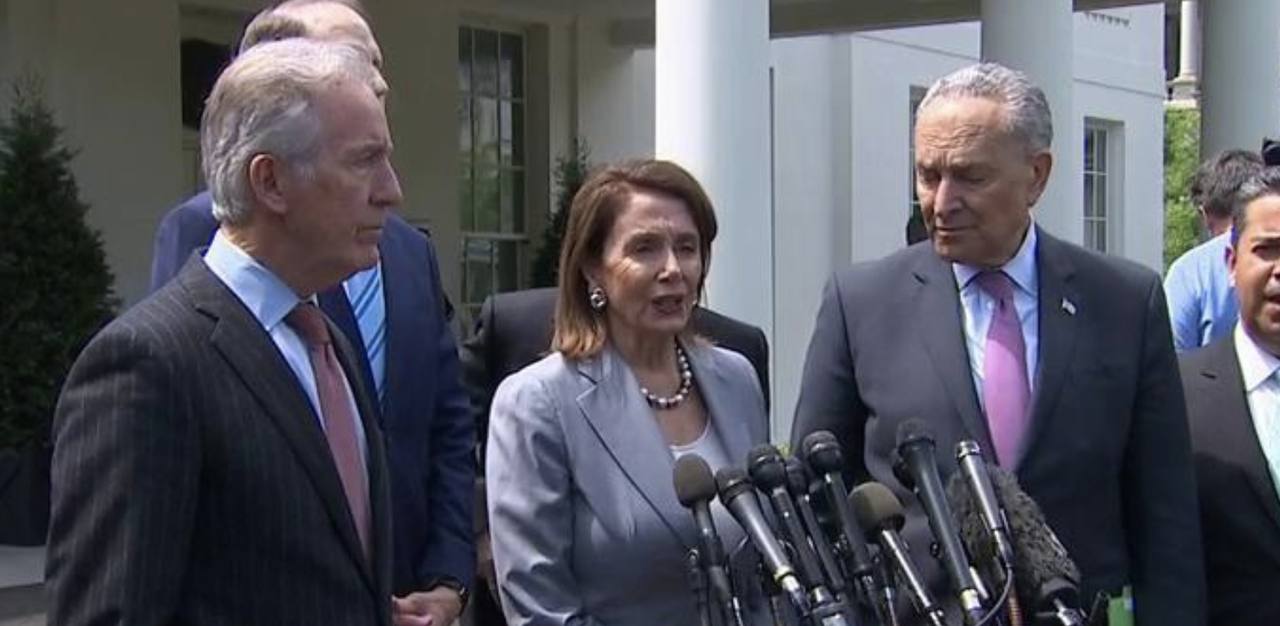Submitted by Oilprice.com
China and India—two of the world’s largest oil importers and the biggest demand growth centers globally—are close to setting up an oil buyers’ club to have a say in the pricing and sourcing of crude oil amid OPEC’s cuts and U.S. sanctions on Iran and Venezuela, Indian outlet livemint reports, citing three officials with knowledge of the talks.
This is not the first time that the two major oil importers are working to create such an oil club.
India and China have discussed creating an ‘oil buyers’ club’ to be able to negotiate better prices with oil exporting countries and will be looking to import more U.S. crude oil in order to reduce OPEC’s sway, both over the global oil market and over prices, India’s Petroleum Ministry said in June 2018.
“With oil producers’ cartel OPEC playing havoc with prices, India discussed with China the possibility of forming an ‘oil buyers club’ that can negotiate better terms with sellers as well as getting more US crude oil to cut dominance of the oil block,” a tweet from the Petroleum Ministry’s Twitter account said in the middle of last year, when oil prices were rising ahead of the return of the U.S. sanctions on Iran’s oil industry.
According to the officials cited by livemint, China and India have exchanged senior-level visits several times since then and have made progress on “joint sourcing of crude oil.”
Reports of the strengthened Chinese-Indian cooperation in potentially forming an oil buyers’ club come just as the U.S. sanction waivers for all Iranian oil customers expire this week.
China is Iran’s number-one customer, while India is the second-largest buyer of Iranian oil, so the end of the U.S. waivers will mostly affect refiners in those two oil importers who will be scrambling to source crude from other sources or risk secondary U.S. sanctions.
“China and India should do so to grab more bargaining power to make oil prices more sustainable,” Jawaharlal Nehru University Professor Srikanth Kondapalli told the Global Times in a recent interview, commenting on the benefits of an oil buyers’ club.
via ZeroHedge News http://bit.ly/2GTCNMv Tyler Durden









